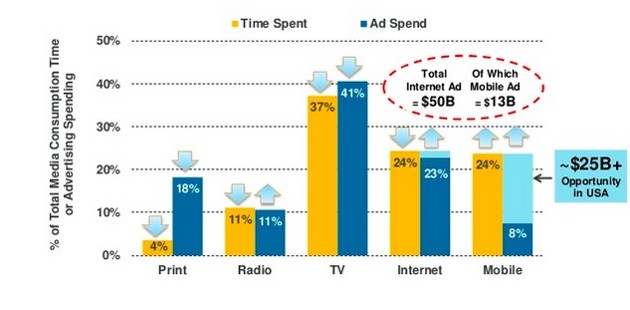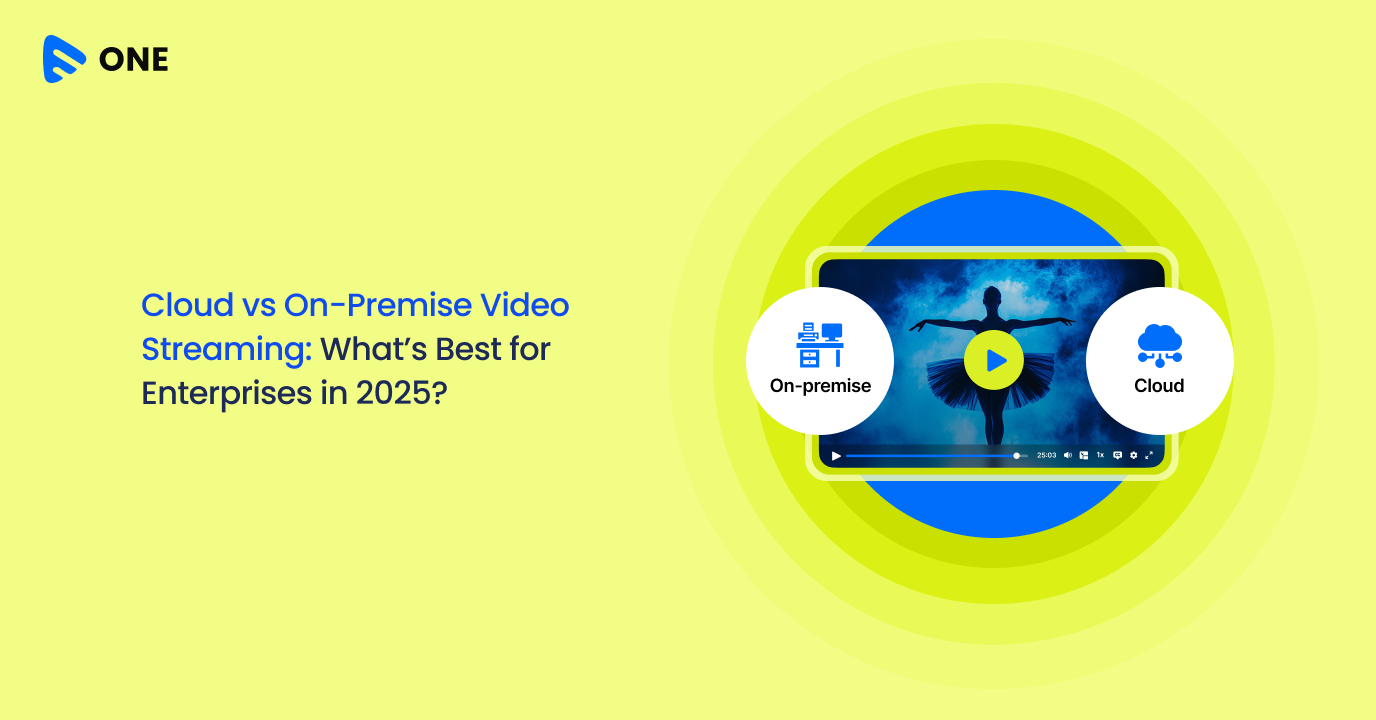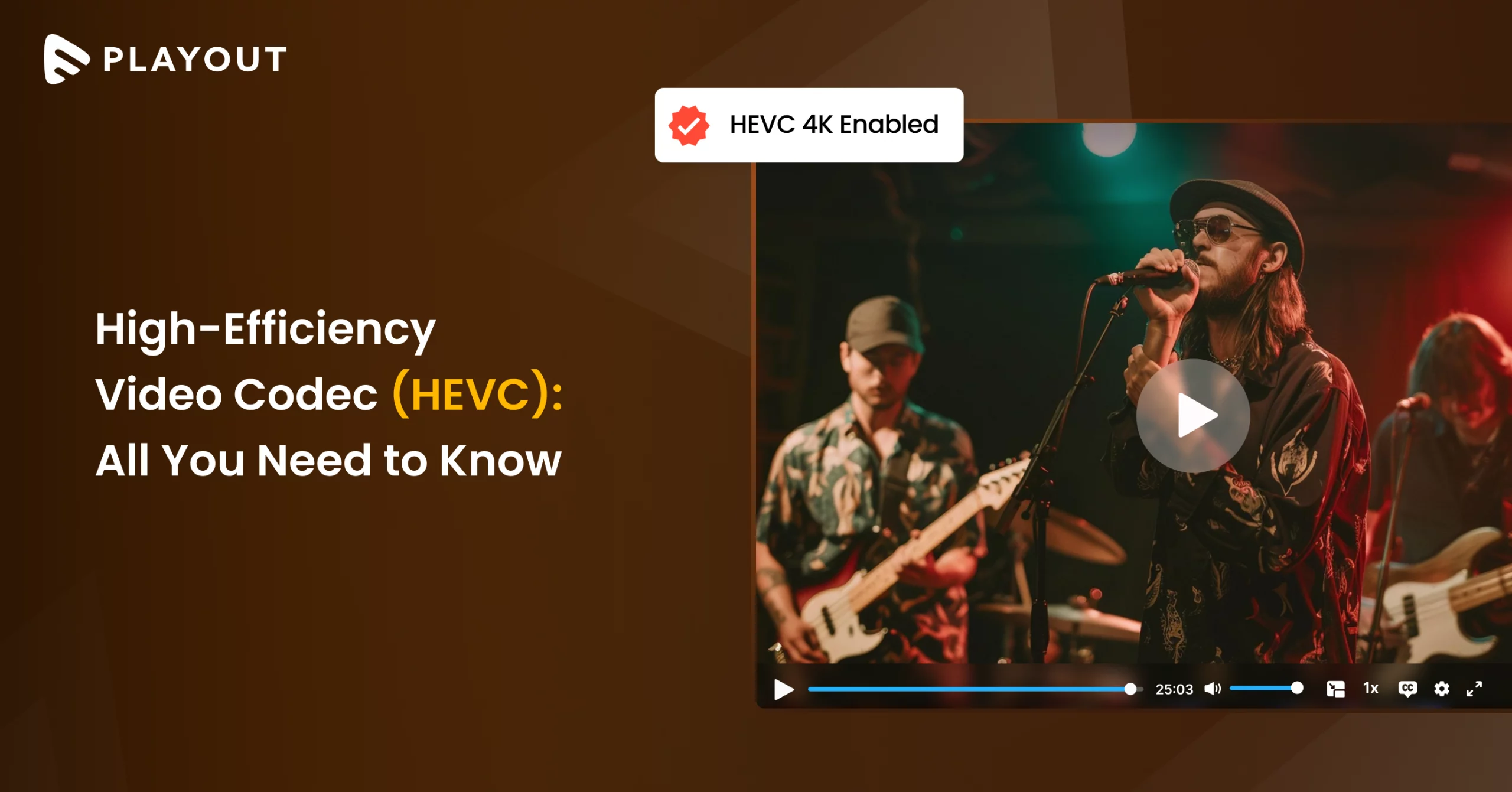Written by: Roshan Dwivedi
“For the next two or three hours after that story broke, there were more people on our website [and app] than were watching SportsCenter,” said Patrick Stiegman, the vice president and editorial director of ESPN Digital & Print Media. The exact figure, ESPN later told me, was 3.7 million people across its digital properties. This was more than a freak data point. It was a signal of mobile’s emergence, proof of the power of the smartphone, and a lesson in the new ways that consumers expect to follow sports—that is, not merely to find news, but also to have the news find them, as well.
The shift to mobile is of particular importance to ESPN, which has a lot to win in the new video on demand distribution media environment, but also, perhaps, the most to lose. The present is certainly not “post-TV” for ESPN. It is the most popular cable network in America and the only top-10 cable channel whose 18-to-49 primetime audience grew in 2014. It’s easy to be lugubrious about the future of old-fashioned TV, but sports can still attract record viewers. The College Football Championship that aired on ESPN this January was the highest-rated cable program ever.














Add your comment